On the general experience of the NTHU reactor training course
Uncategorised 30 April 2025
This blog post is the first part of a series detailing this trip. This post was contributed to by Abdo Ez Aldeen, Guohong Gao, George Merryweather, and Melissa Styth
The reactor training course took place at the National Tsing Hua University (NTHU) in Hsinchu, Taiwan, spanning five working days. The program was divided into two main parts, which were the radiation measurement laboratory and the test reactor experiments. The weekday study schedule was well-structured with each day split evenly between these two activities. They both provided a balanced mix of both theoretical and practical learning.
The radiation measurement laboratory focused on hands-on training with various instruments and detectors, including oscilloscopes, Geiger-Müller counters, multichannel analyser’s (MCAs), and neutron detectors. These lab sessions offered practical experience of nuclear radiation measurements and data-driven exploration.
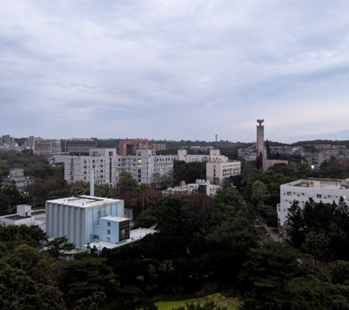
The test reactor experiments centered on THOR (Tsing Hua Open-pool Reactor), Taiwan’s oldest nuclear reactor and the only research reactor still operational in the country. It is maintained by NTHU for educational purposes. These sessions included an introduction to reactor operations, practice with startup procedures to achieve criticality, and control blade worth calibration to measure the reactor’s power doubling time.
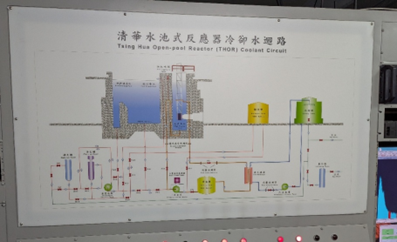
Operating the THOR reactor stood out as the most engaging part. It was a great experience to be able to witness the reactor in action. Observing phenomena like Cherenkov radiation and operating the control room equipment was definitely a highlight. This trip provided a rare opportunity to gain real-world experience since the United Kingdom lacks a comparable test reactor.
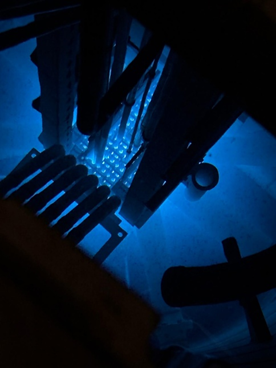
The course coincided with THOR’s 8,000th operation on our final day, adding a memorable milestone to the experience. Beyond the technical aspects, the trip offered cultural enrichment, as Taiwan’s distinct heritage provided a fascinating backdrop to the program.
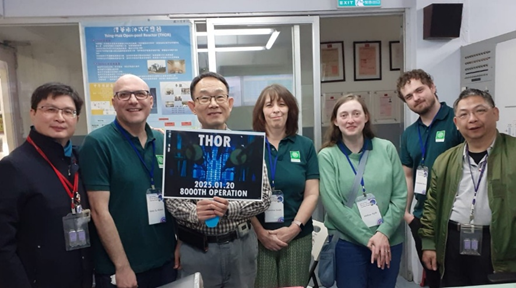
One of the things I was glad to learn about was the Boron Neutron Capture Therapy (BNCT) experiments at NTHU, an innovative cancer treatment using boron-10 and neutron irradiation to target cancer cells at a microscopic level. This intersection of nuclear technology and medical advancement was fascinating.
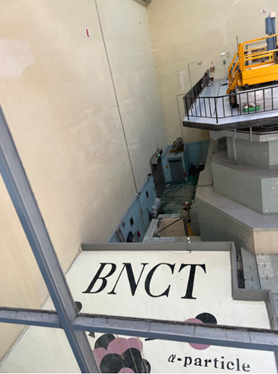
Another unforgettable experience I would like to mention was our visit to Kuosheng Nuclear Power Plant (also known as Nuclear Power Plant No. 2) in northern Taiwan, Wanli District, New Taipei City, operated by Taipower. This excursion provided insight into Taiwan’s nuclear energy infrastructure and a chance to engage with expert nuclear engineers. Discussing my research on reactor modelling and simulation with these professionals offered valuable perspectives on applying my work practically, deepening my appreciation for its real-world implications.
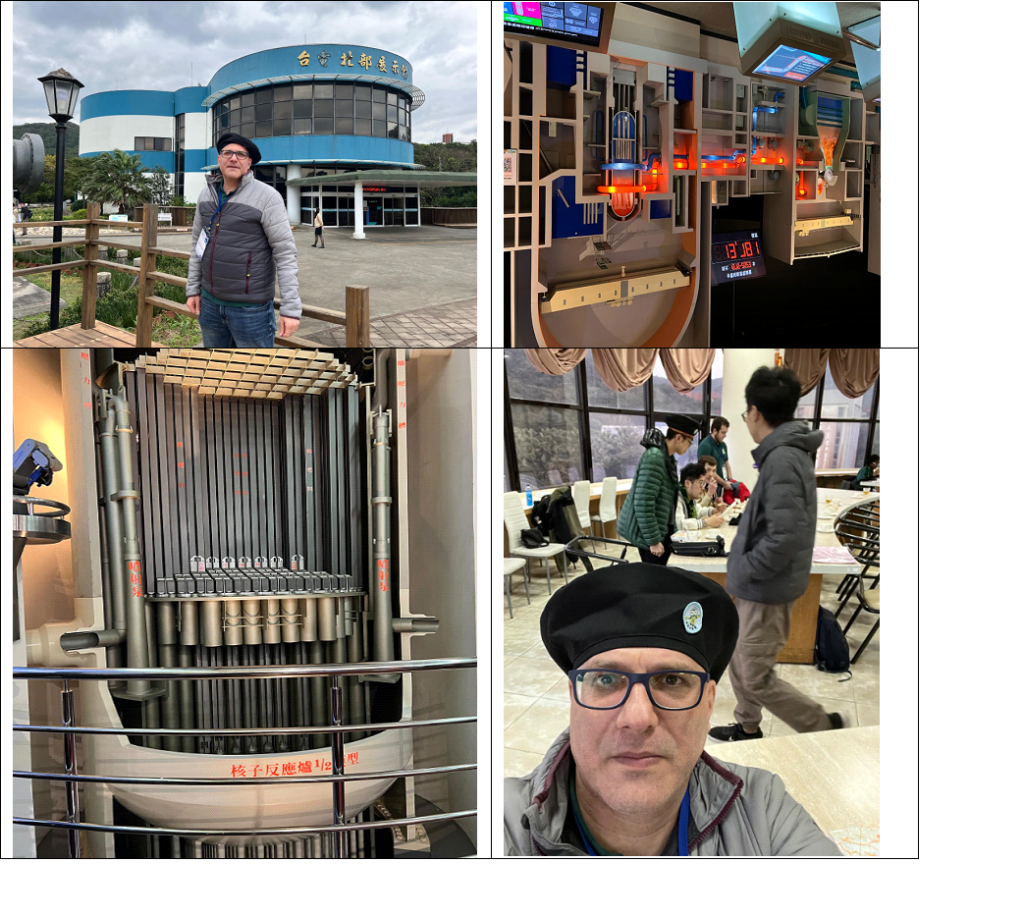
As a Chinese speaker reflecting on this GREEN CDT Cohort 4 study tour, I aim to focus on practical experiences rather than personal feelings, especially for the upcoming SATURN CDT following in our footsteps. Taiwan’s weather in December is a bit colder than one might expect, despite its proximity to the equator. Bringing an extra warm jacket is advisable.
Beyond the course, Taiwan’s rich cultural heritage enriched the experience. After our trip to Kuosheng Nuclear Power Plant, our group visited Jiufen, a historic mountain town famous for its nostalgic Japanese-style architecture and red lanterns. The breath-taking scenery and stunning harbour views especially at dusk left a lasting impression.

At the weekend we had the opportunity to visit Taipei, in northern Taiwan which buzzes with commercial energy. This included a visit to the National Palace Museum and the Chiang Kai Shek Memorial Hall, a city landmark near Taipei 101 and the vibrant commercial streets.
The weekend was the perfect opportunity to explore its food scene and urban landscapes. The efficient MRT subway system made city exploration seamless. If you want to visit different cities, I recommend planning your trip in advance. I highly suggest forming small groups with your friends to explore different places over the weekend. Of course, resting after a tightly packed week of experiments and studies is equally valid.
At this point, I recommend staying overnight in Taipei, if possible, since the city has a vibrant nightlife. The Shin Kong Mitsukoshi district pulsed with activity, and street performers, magicians, jugglers, and musicians. Night markets like Shilin and Ningxia, famous for their food stalls, were a must-visit for any food enthusiast. Though I didn’t reach Tainan in the south, I encourage future groups to plan ahead if interested.

Participating in this final GREEN CDT study tour was both beneficial and a fantastic opportunity, which we are all very grateful for.
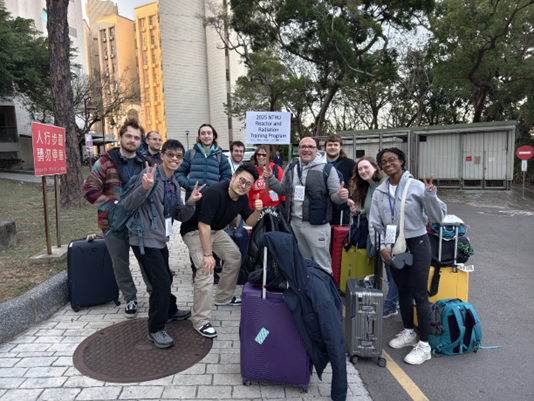


Leave a Reply